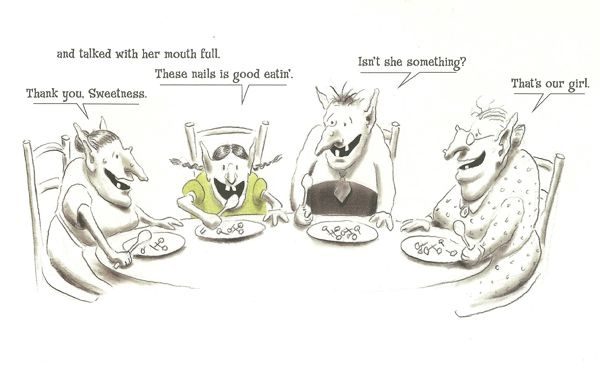8 Questions For: David Sedaris

For a bunch of years when I worked in magazines, I was lucky enough to have the chance to work with David Sedaris. For an editor, this was like being a baseball-loving kid and having had the chance to be the bat boy for Lou Gehrig. (Or maybe that's not the best example here, but you get the idea. It was, as Abby would say, a priv-uh-lege.) Anyway, those…




